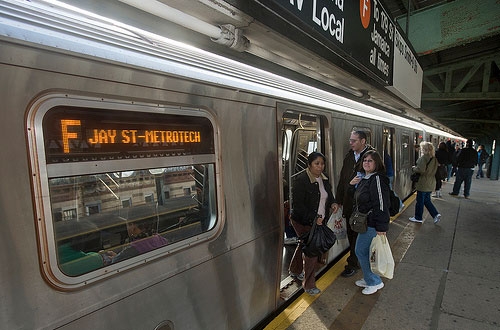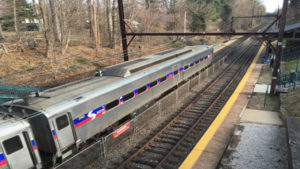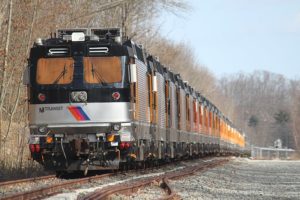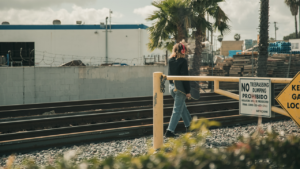NY/NJ transportation continues its state of emergency
Written by Mischa Wanek-Libman, editor
New York and New Jersey rail transit remains in a state of emergency while crews work at a non-stop pace to repair damage and restore service.
New Jersey Transit’s River Line resumed service on Oct. 31. However, due to significant damage to the state’s public transportation network, including a power failure at NJ Transit’s rail operations center, which controls its rail lines, rail service on the North Jersey Coast Line, Raritan Valley Line and the Main Line remains suspended. Also out of service is the Hudson-Bergen Light Rail and Newark Light Rail service, which both experienced washouts, debris damage, flooding and wire damage.
The lone bright spot in the NJ Transit system is its bus service, which is 80 percent recovered.
“This is tremendous progress,” said Transportation Commissioner and NJ Transit Board Chairman James Simpson. “We are not out of the woods by any stretch, but we will continue working around the clock to further restore service where we can safely do so. On behalf of the entire NJ Transit family, we appreciate the patience and understanding of our customers during this difficult time.”
Moving across the Hudson River to New York, enhanced and fare free service will be available on Long Island Rail Road, Metro-North Railroad and the NYC subway, “providing commuters with additional travel options as the current transportation state of emergency continues.”
Metro-North crews made progress clearings tracks of debris, inspecting critical infrastructure and repairing damaged components and is operating close to regularly scheduled service on the Hudson Line between Croton-Harmon and Grand Central Terminal and close to regularly scheduled service on the Harlem Line between Southeast and Grand Central Terminal. On the New Haven Line, close to regularly scheduled service is being provided between New Haven and Grand Central Terminal.
The recovery work by LIRR crews, while taking place throughout the LIRR system, is focused on returning service to the LIRR’s four largest branches – Port Washington, Ronkonkoma, Babylon and Huntington. Those four branches have hourly service and LIRR is also operating on the North Shore in Nassau and Suffolk, down the center of Long Island through to Ronkonkoma and along the South Shore through to Babylon.
Additional service on the subway includes the 5 Shuttle and M service from 34th St/Herald Square to Jamaica Center/Parsons-Archer.
“As we have said from the beginning, we will bring service back on a gradual basis as we are able to do so. The subway system will be a shifting landscape for some time to come,” said MTA Chairman Joseph Lhota. “But we are making steady progress toward some level of normalcy.”
Additionally, partial 7 train service is in operation, running between Main Street and 74th-Broadway, where customers can transfer to Queens Boulevard F and M trains for the trip into Manhattan. The additional subway service will take some of the strain off the MTA bus network, which was the first service to be restored, but has been slowed by street conditions and heavy use.
“More work needs to be done to restore normal rail and subway service, work that will take several weeks in some areas to fully complete. Downed trees and wires are still being removed from tracks of both the LIRR and Metro-North Railroad. Crews must repair washed out sections of track, and pump water out of several under river subway tunnels and at both the Hugh L. Carey and Queens-Midtown tunnels. We are working around the clock and appreciate your patience,” the MTA said.





